Many people—depending on their stance on the pandemic and what they have access to—wear a range of different types of masks. However, which masks are actually protecting you? Safety against Covid-19 isn’t the only reason we wear masks. Many professionals wear them at their jobs to keep themselves safe and free from breathing hazardous materials. Whatever the reasoning for mask use, knowing the different levels of mask effectiveness will help you evaluate which is best for need and practicality.
Table of Contents
Bandanas and Neck Gaiters
Bandanas and neck gaiters provide minimal protection from droplets. These types of face coverings tend to be more for show than for actual safety. Neck gaiters, especially, are convenient for traveling and sporting activities because they can be worn around the neck when not in use.
However, a good test to see if a covering like this is actually working is to light a candle and attempt to blow it out with the bandana or gaiter on. If the flame goes out, chances are the mask isn’t doing its job.
Cloth Masks & Valves
Cloth masks range quite a bit. Material can play a role in the effectiveness as some fabrics are more filtering than others. Using a cotton mask with two layers filters out about thirty-five percent of small particles. These types of masks are more effective than lesser items.
Whether made from cotton, T-shirt material, or something else, you’re looking for tight weaving and double layers. A high-quality cloth mask can be eighty to ninety-five percent effective. Valved or vented masks tend to be discouraged and are not allowed on some airlines because the holes may allow respiratory droplet to escape. These can also be tested for effectiveness using a flame.
Cone-Style Masks
Cone-style masks offer a molded design to fit over the nose and mouth without pressing against them. Often with a metal strip to secure to the nose’s bridge, these mask types were recently deemed to be even less effective by researchers at Arizona State University than cloth masks with quilting material, but still more effective than bandanas.
N95 Masks
N95 face respirators are rated most effective for masks. They filter out about 95 percent of the particles from air that’s breathed in. The other materials of masks are designed to protect others from your respiratory spray or droplets, yet they vary in efficiency based on many factors. N95 are being requested to be reserved for healthcare workers due to their short supply. The N95 mask protects other people from getting your germs and protects you against theirs. As you move into respirators, the N100, R95, and P100 are the more effective masks.
There are many types of face coverings. Knowing the different levels of mask effectiveness may help you evaluate what you use or decide on an alternate option. There’s quite a bit of fluctuation allowed in society regarding mask type, so the decision is yours.




